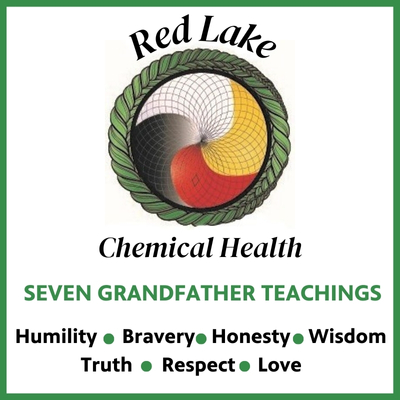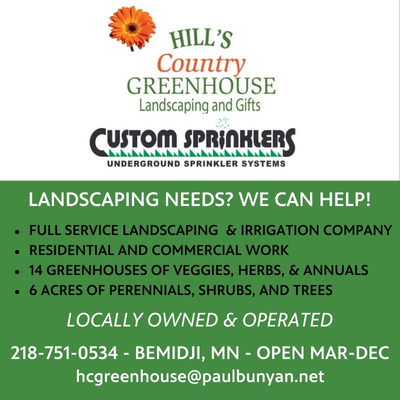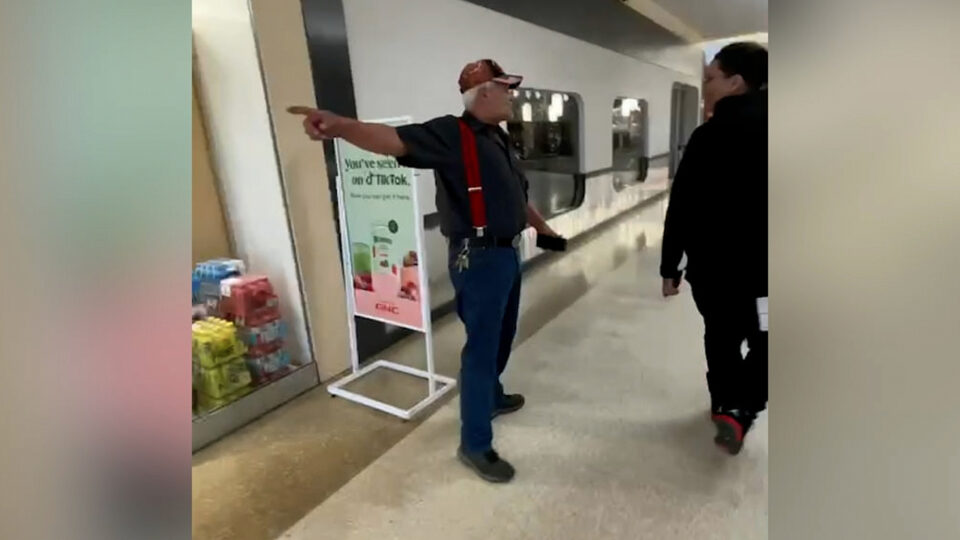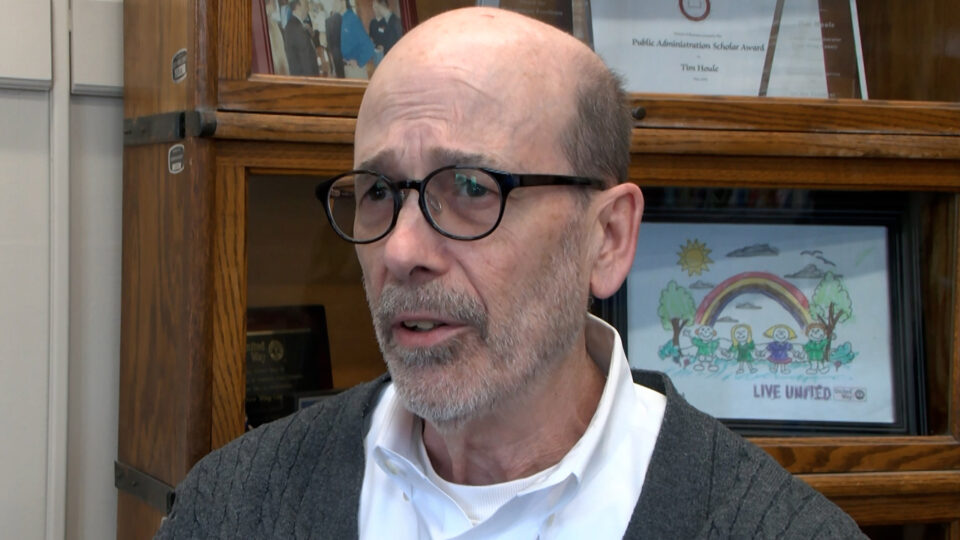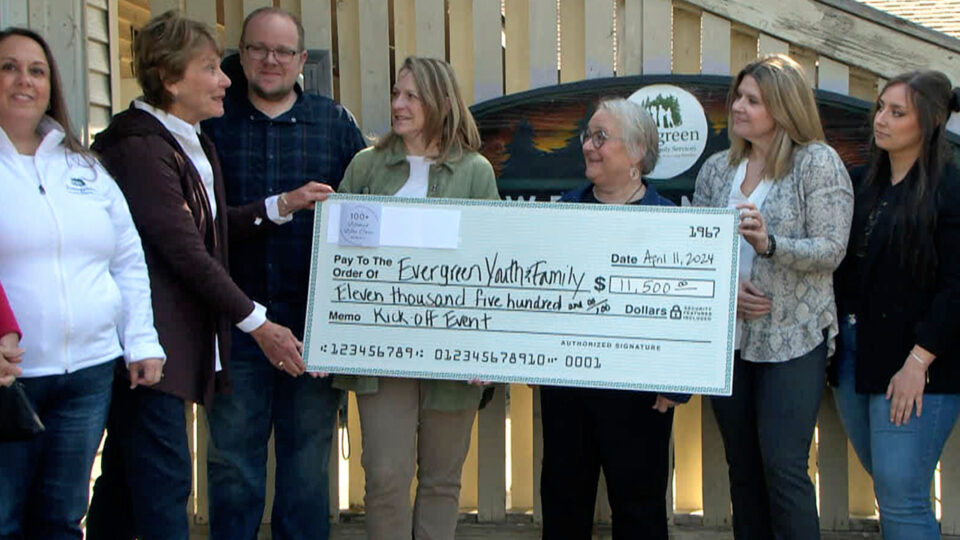Aug 24, 2017 | By: Haydee Clotter
Grazing Tour Shows Local Landowners Benefits Of Grazing System
Landowners from Beltrami County and surrounding areas went on a grazing tour near Blackduck to learn techniques and other resources that’ll improve forage production.
“Utilizing a rotational grazing system, it helps them to better manage their forages, better manage their cattle and provide cleaner water,” said USDA Natural Resources District Conservationist Larry Voltz.
A rotational grazing system moves livestock between pastures on a regular basis. It’s something that Rachel Gray has practiced on the 1,200 acres at her Little Timber Farms for ab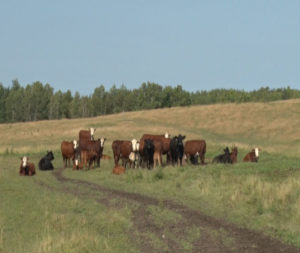 out 12 years. She has more than 300 cows and calves.
out 12 years. She has more than 300 cows and calves.
“We really increased the productivity of our land, I feel that we’ve put more organic material back into our soil,” said Gray.
According to USDA Natural Resources Grazing Specialist Tom Gervais, Minnesota has nearly 3 million acres of grazing land. A grazing system may not be for everyone, but it’s something that requires long-term monitoring. Factors such as economics and infrastructure are considered when designing a system.
“We’ll look at all the goals that a producer may have and we’ll identify conservation need for any particular farm and develop basically a plan of attack to address all of those things,” said Gervais.
Vince Gross has 20 pair of cow calf including red and black Angus at his farm. He’s in the beginning stages of his system and has one pasture.
“We put in a new well in, new service for the electricity, put a new hydrant in and I tied it into the system that I have,” said Gross.
When the forage is in a high production mode and growing well, it gives the cattle an opportunity to grow. After investments ranging from fencing to a water system producers can expect to maximize their profits.
“Everything is just going to start working much better and better and as you continue to grow, it not only is better for the land, but then as part of that it grows the profitability for the producer,” said Voltz.
The grazing season typically is from early May through the end of September.

